It was late at night, about 10;35 PM Eastern Standard time on the 14th of April when the bored wireless operators in a lonely Marconi radio station at Cape Race Newfoundland, received a signal that was unbelievable. Instead of banal greetings messages to be passed on, suddenly messages arrived that seemed quite simply, impossible.
As trans-Atlantic ships came into wireless range of North America, they began sending out signals from the passengers to friends and relatives awaiting their arrival. The Marconi station on Newfoundland, the farthest land base into the Atlantic, was often the first to receive these messages, and then pass them on to the destination cities, such as, Halifax or New York or Boston..
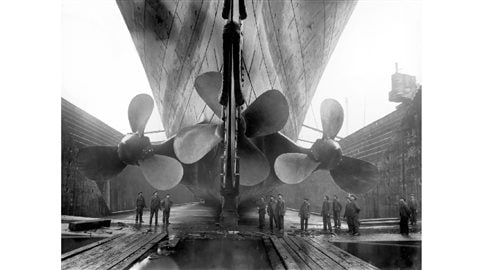
That night Robert Hunston, James Goodwin, and head operator Walter Gray, were on duty. For some time they had been relaying greetings and messages from the Royal Mail Ship Titanic on her maiden crossing, now just a few hundred kilometers southeast of Cape Race, heading for New York.
Everyone of course knew of Titanic, surely the greatest ship afloat, the biggest ship afloat, with unimaginable luxury, and speed, and billed by the builders as being “practically unsinkable”.
(It is interesting to note that the “practically” part of the claim was quickly lost and has remained almost entirely ignored as people latched on the “unsinkable” aspect at the time, and ever since.)
But now here she was on this cold clear and impossibly calm night, sending messages that she was in immediate distress!
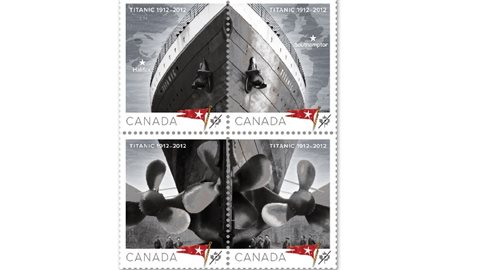
Although other ships had warned of icebergs on the evening of April 14, the messages received by the wireless room on Titanic appear not to have made it to the bridge and the Captain.
At 11.40 pm, a lookout atop a forward mast spots an iceberg dead ahead, Although the ship engines were reversed and the ship tried to turn, it scrapes the berg a mere 37 seconds later.
What was not known was the impact had bent the hull plates and popped the brittle iron rivets, known only in recent years to be substandard. The open seams allowed water to pour in to five of the 16 compartmented sections, Titanic was designed to remain operational with two compartments flooded or float with up to four, But now five were flooding in the forward section and as the bow dipped lower, the water began spilling over the tops of the bulkhead which only extended to E deck normally several feet above the water line. As water spilled over a bulkhead, it began filling the next compartment with the process repeated into the subsequent compartments.and eventually over the tops of four bulkheads beyond which Titanic was doomed.
The ship was stopped about 590 km southeast of Newfoundland, and was taking on water. At first, the distress message was not considered too seriously, as the ship was after all, considered unsinkable. Shortly after midnight in the early hours of April 15th however, the situation became dire.
The ship’s wireless operators continued to send both CQD –the distress call, and the new SOS distress call, saying the ship was sinking and for other ships to come immediately to her aid.
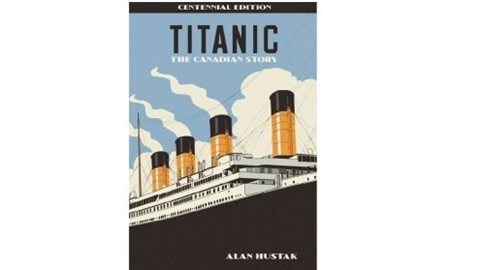
Cape Race continues to relay signals back and forth to New York and the stricken ship, and to other ships in the area. Still much of the radio traffic seems confused, could the Titanic really be in that much distress?
At 0215 with panic and confusion reigning on the crowded decks, and half-filled lifeboats being lowered, the bow slips below the surface while the stern lifts higher in the water. the props becoming visible. The lifeboat designs at the time were never meant to carry all the passengers at once, but had been thought that in case of a liner in distress, they could be used to ferry passengers to a rescue ship or to shore.
The weight and strain of the stern being lifted into the air by the sinking bow caused the ship to crack in the middle, and within a matter of minutes, Titanic slides quietly into the water and is gone leaving hundreds perishing in the frigid water and darkness.
The ship Carpathia arrives soon after in response to the distress signal at about 0410 looking for the great ship but finds only a few lifeboats with some 700 survivors,
In the following days, several ships set out from Halifax, Canada to recover bodies, many of which were later buried and remain in the city.
The shock was world-wide, here was a ship considered to be unsinkable, that went down so quickly and with some 1,500 lives lost.
A later investigation into the tragedy resulted in several changes to ship rules to improve safety, not the least of which was to ensure passenger liners had enough lifeboats for the number of passengers carried.
Studying the decay of the Titanic wreck, it’s estimated that bacterial action is resulting in the ship losing 1/10 of a ton of metal every day. There is already evidence of collapsing decks, and eventually all that will remain will be a mere pile of rust on the ocean floor some 3,700 metres down.
The shock of the tragedy has become legend as this was mankind’s greatest technological feat, destroyed in a matter of moments by something as banal as an iceberg, and with an unheard of loss of life.
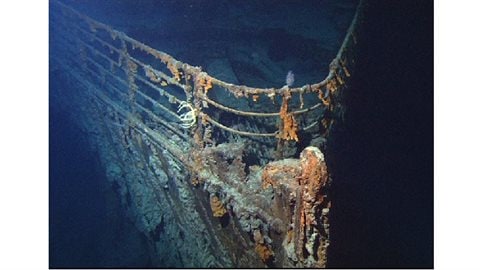
Many have forgotten that Titanic had two sister ships. The Olympic was the first of the “Olympic” class that included Titanic and Brittanic.
Olympic was involved in a collision that required repair in dock which delayed the launch of Titanic. A later loss of a propeller further delayed work on Titanic which pushed her maiden voyage from March 12, to April 10. Perhaps if those incidents had not occurred, Titanic might have missed the rendezvous with the iceberg?
RMS Olympic, was involved in a handful of collisions during her career, and as post-war competition increased, she was becoming unprofitable and in 1934, was scrapped.
Britannic was also to join the trans-Atlantic route, but was launched just before the First World War and instead of the RMS Britannic designation, became HMHS Britannic serving as a requisitioned military hospital ship. She struck a mine in November 1916 off the Greek island of Kea and sank in a mere 55 minutes.
There were 1,066 on board and all but 30 survived.
- In spite of the world’s fascination with the tragic loss of some 1,500 aboard Titanic, it is far from the worst maritime loss
- – Jun 1940- RMS Lancastria-bombed while evacuating civilians and some military personnel from France. Officially 1,738 loss, estimated anywhere from 4,000 to 9,000, full story of loss still withheld.
- – Jan 1945 -MV Wilhelm Gustav- torpedoed by Soviets while fleeing from occupied Poland with civilian and military personnel- estimated loss 9,400
- – Apr 1945-MV Goya-torpedoed by Soviets in Baltic sea, documented 6,100 aboard, many women and children. estimated many more undocumented. Sank in just seven minutes Only 183 survivors
- – NON MILITARY- Dec 1987- MV Dona Paz- (ferry) collision with MT Vector carrying gasoline with ignited the ship and water. Estimated loss 4,375
- – NON-MILITARY- Sep 2002- MV Le Joola- off the coast of Gambia. Overloaded, it capsized in a storm –estimated loss 1,863
NOAA VIDEO
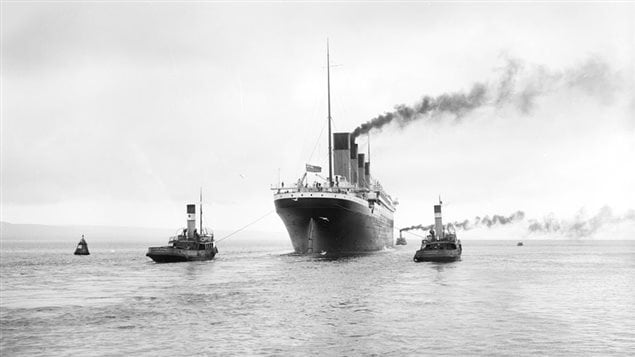






For reasons beyond our control, and for an undetermined period of time, our comment section is now closed. However, our social networks remain open to your contributions.